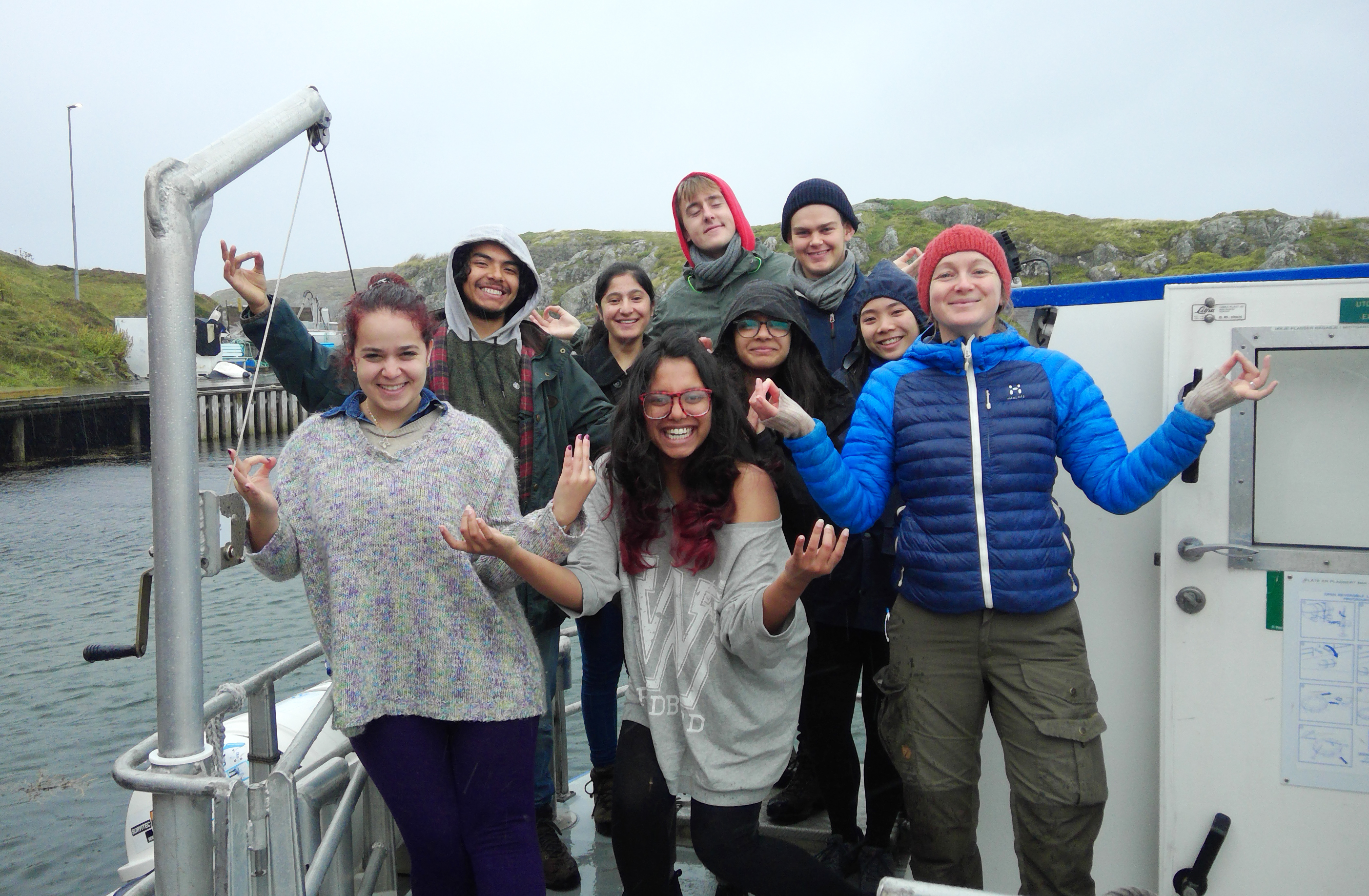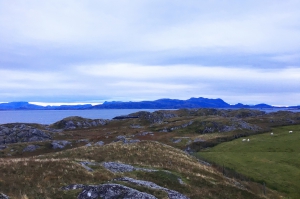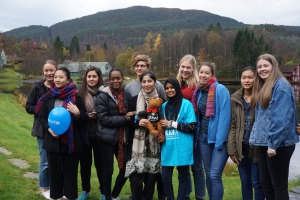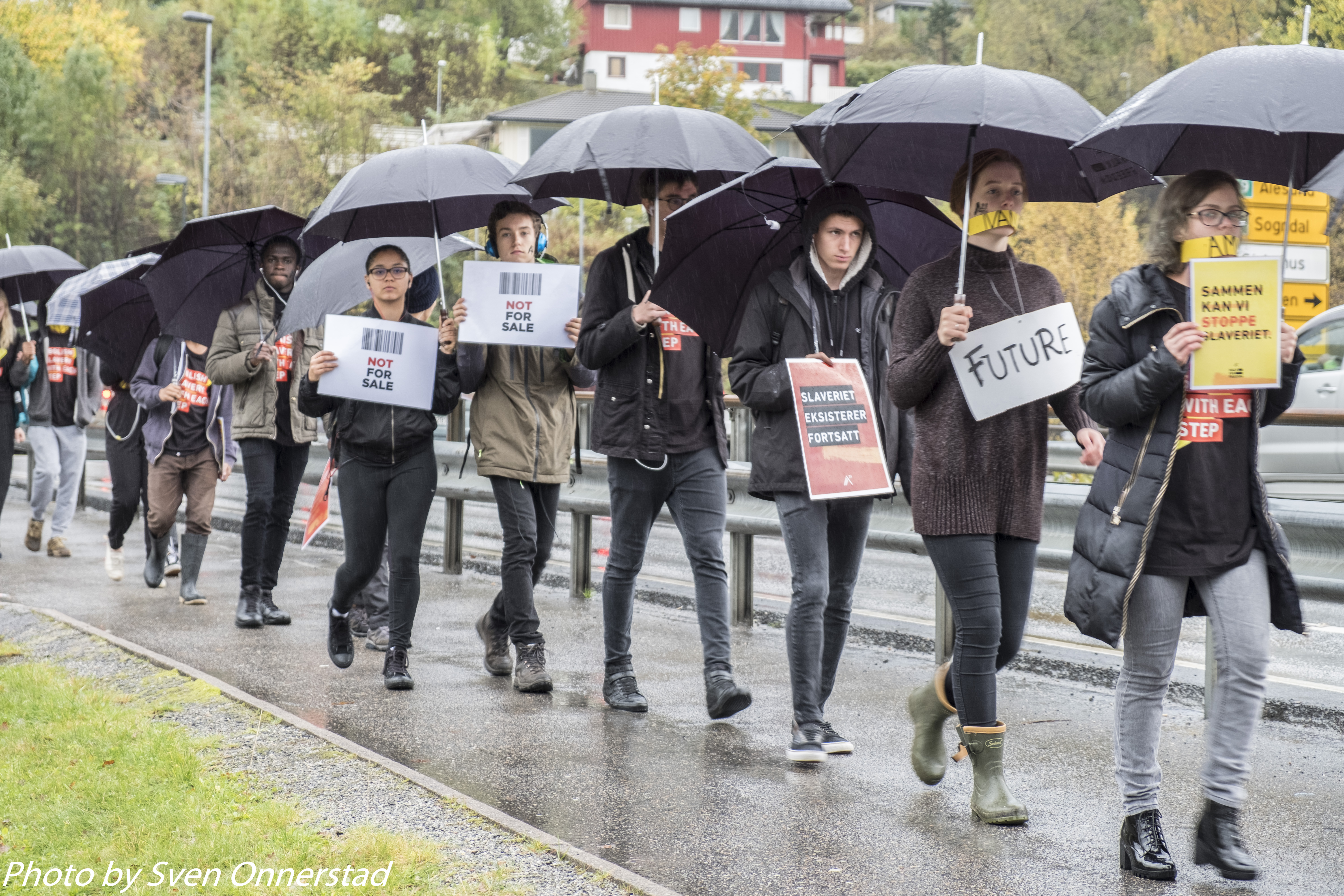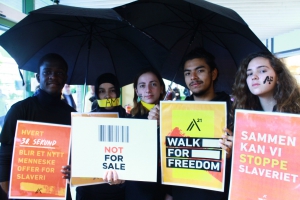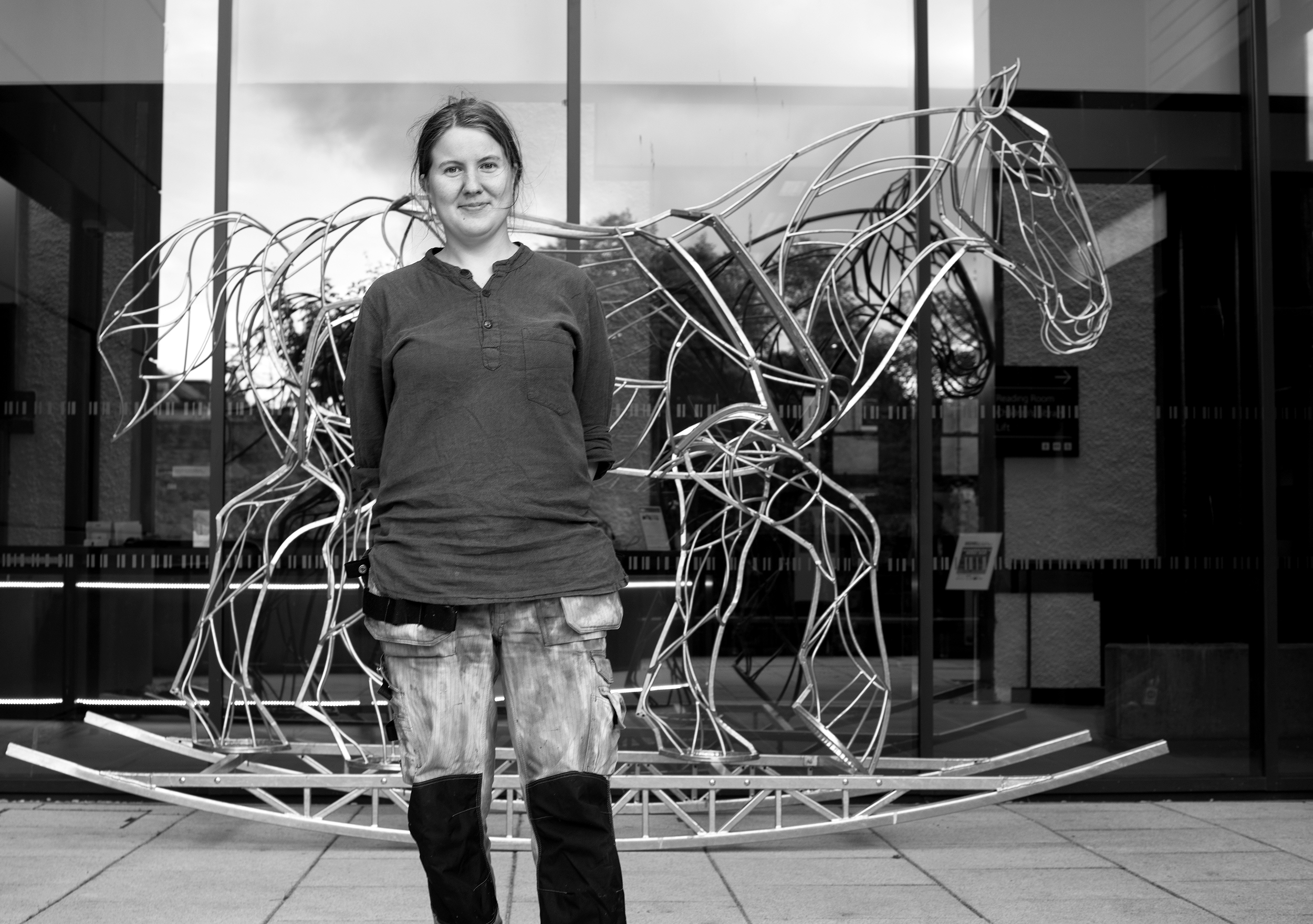Question: What is Peace?
Early on Sunday 8th October, a group of 9 RCNers headed to the remote island of Gåsvær, Solund, in quest of peace. The aim was to thoroughly disconnect from the outside world (no mobiles or internet!) and find ways to engage with the concept of peace in terms of mind, body, communication and environment. The focus for the 4 day stay was a series of Red Cross activities relating to conflict management, non-violent communication, and collaborative negation, running alongside student-led programme of events.
We began the programme with Chimamanda Ngozi Adichie’s seminal TED talk ‘The danger of a single story’, considering that role of stereotypes and reductive thinking play both in our own lives, and in the society around us. Together, we considered what conflict is, how we take care of ourselves in conflict settings, what our triggers are and how we can manage them, what lies beneath anger, and the issues related to enemy thinking. We built on this program by working on how to communicate in a conflict in a healthy way, working with Dr Marshall Rosenberg’s steps to non-violent communication. This helped us to consider how conflicts escalate, and how we can de-escalate them. We ended the programme focusing on our relationship with stress, how we can learn to recognize the signs of this in our bodies, and takes steps to counter it. In the final activity, each of us visualized what has already brought peace to our lives, what we need for this to grow, and what our goals and aspirations are in terms of peaceful living. The programme demanded some deep emotional introspection from the participants, and they found ways to grow and develop as individuals and as a group.
In between all this hard work, the students themselves thought about the things that brought them peace, and how they could share this with the group. This involved a relaxing cliff-top walk with some silent meditation by the water, sleeping outside and watching the sunrise, some silent living, a cosy homemade pizza evening, and ended with an evening bonfire and storytelling circle – despite the howling Norwegian wind!
All in all, we left having had some space for reflection, a few days to disconnect from the fast pace of life that many of us experience, and with a few extra tools for living peacefully day-to-day. Mission accomplished!

